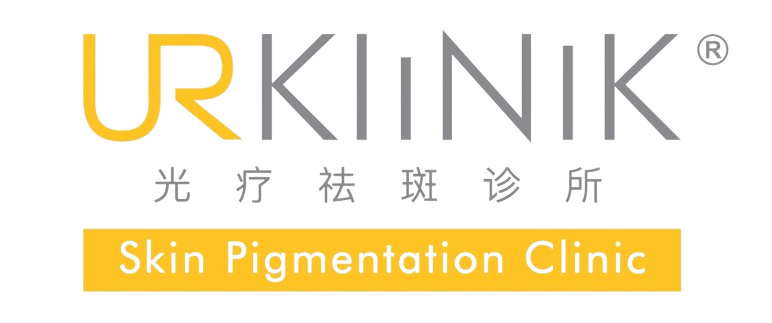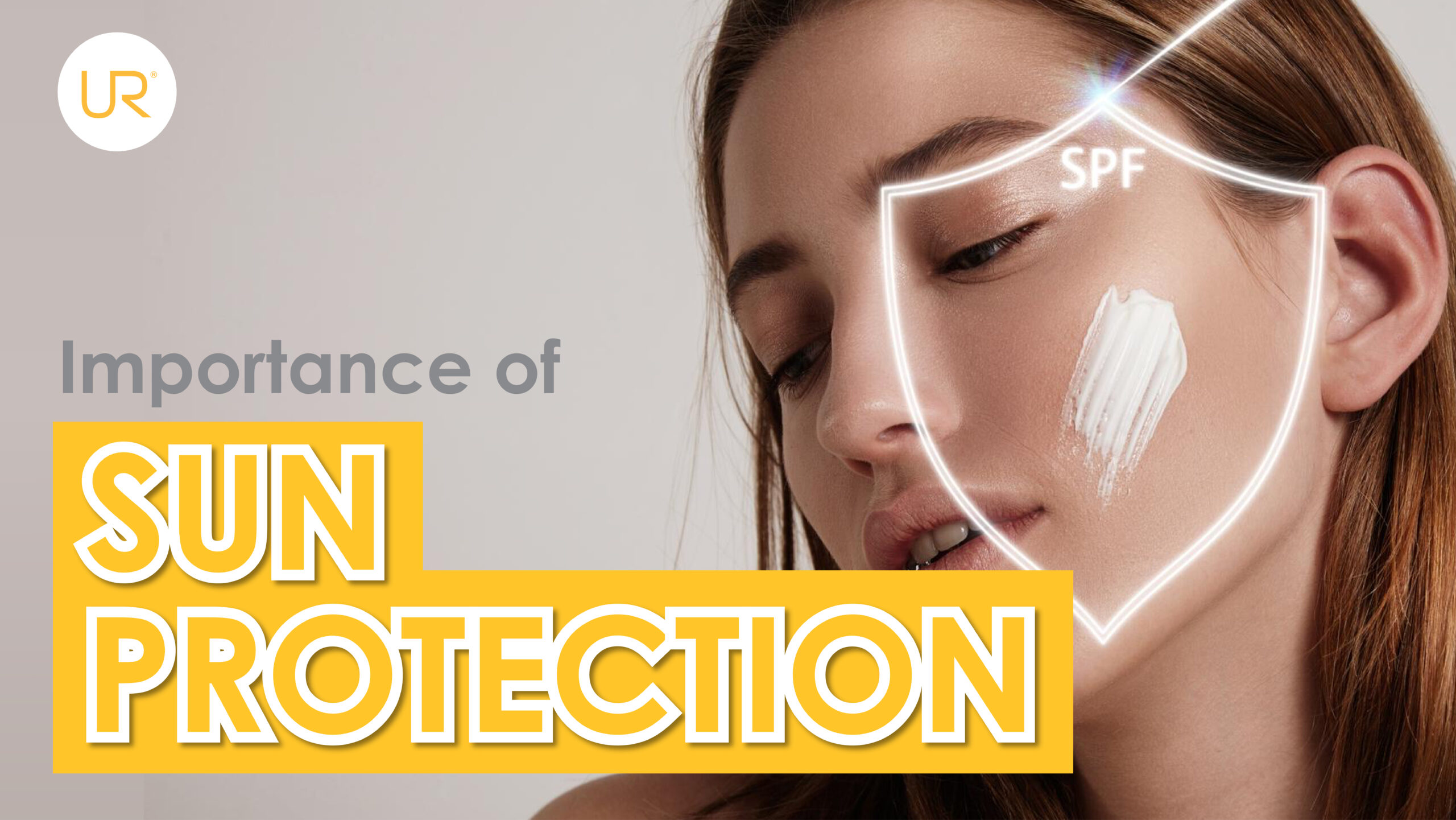
20 Dec Importance of Sun Protection in Malaysia
When we talk about sun protection, what should we protect ourselves from?
There are 4 spectrums of radiation emitted by sunlight that reaches the surface of the earth:
- Ultraviolet A ray (UVA), wavelength: 320-400 nm
- Ultraviolet B ray (UVB), wavelength: 290-320 nm
- Visible Light (VL), wavelength: 400-700 nm
- Infrared (IR), wavelength: >700 nm
The effects of visible light (VL) on the skin have garnered more attention recently, despite the fact that UV radiation (UVR) has been the subject of most studies on photoaging’s effects on the skin, skin cancer and burn.
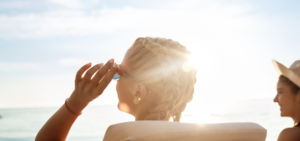
In our current era, sunshine, light emitting diodes (LEDs), and electronic devices all expose people to VL wavelengths, however the energy and fluence rate of the latter are insufficient to harm skin. VL has been linked in the past to the photoaging that affects lighter skin color.
Symptoms of Visible Light (VL) exposure in the form of Photoaging:
1. Pigmentation
2. Reduced skin flexibility
3. Uneven skin tone
Collagen and elastin degradation is a significant photoaging change. This process occurs as a result of inflammation brought on by UV-induced DNA damage and the production of reactive oxygen species (ROS). This causes the epidermis and dermis to produce matrix metalloproteinase (MMP), which then causes changes to the extracellular matrix (ECM) components.
What harm can UV light and blue light bring to us?
According to studies, lack of sunscreen usage can increase risk of:
- Melanoma, which is one of the most dangerous kind of skin cancer
- Skin cancer-causing precancerous skin growths
- Age spots, wrinkles, and leathery skin are examples of early signs of ageing for the skin.
- Sunburn
- Melasma
- Dark spots on your skin that may develop after clearing up from psoriasis, acne, or another issue
Blue Light
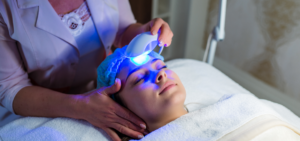
Blue light’s effects on the skin are influenced by its wavelength and level of exposure. Low levels of high intensity blue light can be utilized to treat skin issues and reduce dermatological issues like acne.
However, prolonged exposure to high energy blue light can worsen DNA damage, cause cell and tissue injury and death. It can also damage the eyes, the skin’s barrier, cause hyperpigmentation and photoaging. The need for everyday skin protection while being exposed to sunlight is demonstrated by the fact that sun exposure, even via cloud cover, is more significant than exposure through digital use.
How can we protect ourselves from the sun?
We advise the following measures to protect your skin from the sun’s damaging rays:
- Look for shade.
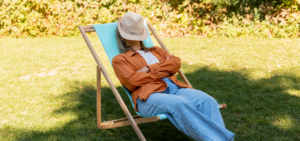
When necessary, seek shelter, keeping in mind that the sun’s rays are most intense between 10 a.m. and 2 p.m. You may observe your shadow as well. Find cover whenever your shadow appears to be shorter than you.
- Put on sun-protective clothes.

When feasible, put on a light, long-sleeved shirt, slacks, a wide-brimmed hat, and UV-protective eyewear. Choose garments with an ultraviolet protection factor (UPF) number on the label for more effective protection.
- Put on sunscreen
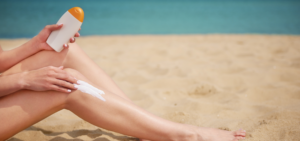
All skin that is not covered by clothing should be treated with a broad-spectrum, water-resistant sunscreen with an SPF of 30 or higher. Do not forget to reapply after swimming or perspiring, or every two hours.
Your skin will be greatly protected from the sun’s harmful UV rays by finding shade, using sunscreen, and wearing clothes that block the sun.
What should we look for in sunscreen ?
Use sunscreen that provides all of the following to shield your skin from the sun’s damaging rays:
- SPF > 30 , PA +++ (or higher)
- Broad-spectrum (UVA and UVB protection)
- Water repellent
- Physical sunscreen (more preferred if you have sensitive skin)
Not all sunscreens offer the above mentioned benefits. When it does, the container will have the words mentioned above written on it. You can also encounter the terms “wide spectrum” or “UVA/ UVB” on some items.
What are the specific sunscreen selections for each skin type ?
You can reduce your selection using the list below to find the ideal sunscreen for you:
- For skin that is prone to breakouts, look for the terms “non-comedogenic” or “won’t clog pores.”
- Avoid sunscreen with fragrance, parabens, or oxybenzone if you have sensitive skin (benzophenone-2, benzophenone-3, dioxybenzone, mexenone, sulisobenzone, or sulisobenzone sodium).
- Use a sunscreen stick around your eyes to stop sunscreen from dripping into your eyes. Make sure the stick has a broad-spectrum, water-resistant, and SPF 30 rating (or higher).
- Children: Use a sunscreen designed for kids if your child is 6 months or older. Most of them have titanium dioxide and zinc oxide.
For children under 6 months old, the American Academy of Dermatology (AAD) suggests:
- Keep them as much as you can in the shade.
- Dress them in a wide-brimmed hat, light-weight long sleeves, slacks, and sunglasses.
- Make sure your child drinks enough fluids to avoid overheating.
- Get your infant to a cooler location if they start to fuss, cry a lot, or have hot skin to the touch.
- Look for “moisturizing” or “dry skin” on the label if you have dry skin.
- Gels are effective for places with hair.
- Lips: Lip balm that offers broad-spectrum, SPF 30+ protection.
- Look for the words “non-comedogenic” or “won’t clog pores” on products for oily skin.
FAQ on Sunscreens
1. Do we need to reapply sunscreen?
Definitely. To remain protected when outdoors, reapply sunscreen every two hours, or immediately after swimming or sweating.
Reapply sunscreen every three to four hours if you are indoor.
2. What time of the day do we need to apply sunscreen?
The time of the day that we need to apply sunscreen actually depends on the strength of the sun’s ultraviolet (also known as Solar UV index/ Sun index).
Solar UV index differs throughout the day, and can be graded into low, moderate, high, very high and extreme (to refer below). The UV index in Malaysia is around 9 to 11+ (very high to extreme) most of the time throughout the year.
Higher UV index corresponds to greater dose of skin damaging UV radiation. Sunscreen is encouraged to be applied when the UV index is at moderate grade and above. Thus, it is advisable to apply sunscreen from 8am to 6pm (especially 11am to 3pm with UV index being very high to extreme).
At UR Klinik, we offer effective pigmentation treatment in Malaysia, specializing in light therapy to rejuvenate the skin and address concerns like melasma, hyperpigmentation, and dark spots. Our personalized approach can help you achieve noticeable results. Contact us today to schedule your appointment and experience the transformative power of light therapy.
